- عنوان کتاب: Mathematical Statistics vol1
- نویسنده: Peter J. Bickel
- حوزه: آمار
- سال انتشار: 2015
- تعداد صفحه: 572
- زبان اصلی: انگلیسی
- نوع فایل: pdf
- حجم فایل: 5.67 مگابایت
در این مقدمه، با مروری بر تحولات آمار از چاپ اول (1977) شروع میکنیم، سپس مروری جداگانه بر جلد اول و دوم ویرایش دوم ارائه میکنیم. در 40 سال گذشته، آمار به شدت تحت تأثیر چندین نیرو تغییر کرده است: (1) تولید دادههایی که زمانی غیرعادی بودند، مانند تصاویر، درختان (فیلوژنتیک و غیره) و انواع دیگر اشیاء ترکیبی. (2) تولید مقادیر عظیم داده – ترابایت (معادل 1012 کاراکتر) برای یک بررسی نجومی در طول سه سال. (3) امکان اجرای محاسباتی با بزرگی که زمانی غیرقابل تصور بود. منابع اساسی این تغییرات تغییر تصاعدی در سرعت محاسبات (“قانون” مور) و توسعه دستگاهها (کنترل شده توسط کامپیوتر) با استفاده از ابزارهای جدید و تکنیکهای علمی (مانند توموگرافی NMR، توالییابی ژن) بوده است. این تکنیک ها اغلب دارای یک جزء محاسباتی ذاتی قوی هستند. داده های توموگرافی نتیجه پردازش ریاضی است. توالی یابی با اعمال الگوریتم های محاسباتی برای داده های الکتروفورز ژل خام انجام می شود. در نتیجه، تأکید نظریه آماری از نتایج بهینه نمونه کوچک در چندین جهت دور شده است: (1) روشهای استنتاج بر اساس تعداد بیشتری از مشاهدات و حداقل فرضیات – روشهای مجانبی در مدلهای غیر و نیمه پارامتریک، مدلهایی با «بی نهایت» ” تعداد پارامترها (2) ساخت مدلها برای سریهای زمانی، سریهای مکانی زمانی، و دیگر ساختارهای داده پیچیده با استفاده از مدلسازی احتمال پیچیده اما دوباره با تکیه بر نتایج تحلیلی بر تقریب مجانبی. مدل های چند پارامتری قانون هستند. (3) استفاده از روش های استنتاج شامل شبیه سازی به عنوان یک عنصر کلیدی مانند راه انداز و زنجیره مارکوف مونت کارلو.
In this preface, we start with an overview of developments in statistics since the first (1977) edition, then give separate overviews of Volumes I and II of the second edition. In the last 40 some years statistics has changed enormously under the impact of several forces: (1) The generation of what were once unusual types of data such as images, trees (phylogenetic and other), and other types of combinatorial objects. (2) The generation of enormous amounts of data—terabytes (the equivalent of 1012 characters) for an astronomical survey over three years. (3) The possibility of implementing computations of a magnitude that would have once been unthinkable. The underlying sources of these changes have been the exponential change in computing speed (Moore’s “law”) and the development of devices (computer controlled) using novel instruments and scientific techniques (e.g., NMR tomography, gene sequencing). These techniques often have a strong intrinsic computational component. Tomographic data are the result of mathematically based processing. Sequencing is done by applying computational algorithms to raw gel electrophoresis data. As a consequence the emphasis of statistical theory has shifted away from small sample optimality results in a number of directions: (1) Methods for inference based on larger numbers of observations and minimal assumptions—asymptoticmethods in non- and semiparametric models, models with “infinite” number of parameters. (2) The construction of models for time series, temporal spatial series, and other complex data structures using sophisticated probability modeling but again relying for analytical results on asymptotic approximation. Multiparameter models are the rule. (3) The use of methods of inference involving simulation as a key element such as the bootstrap and Markov Chain Monte Carlo.
این کتاب را میتوانید از لینک زیر بصورت رایگان دانلود کنید:
Download: Mathematical Statistics vol1






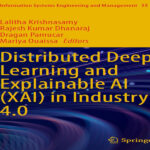



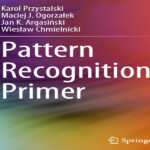

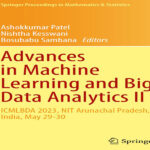
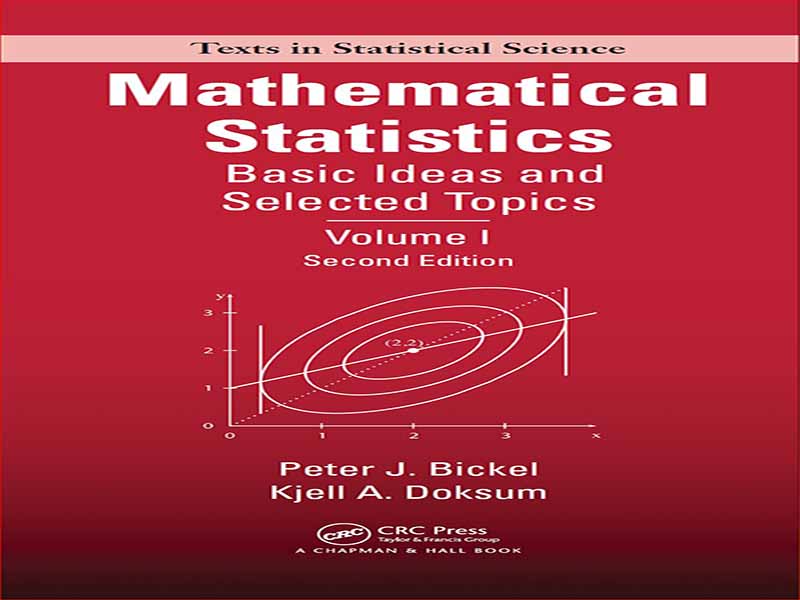

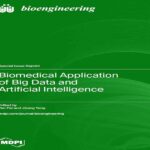


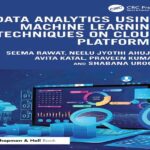
















نظرات کاربران